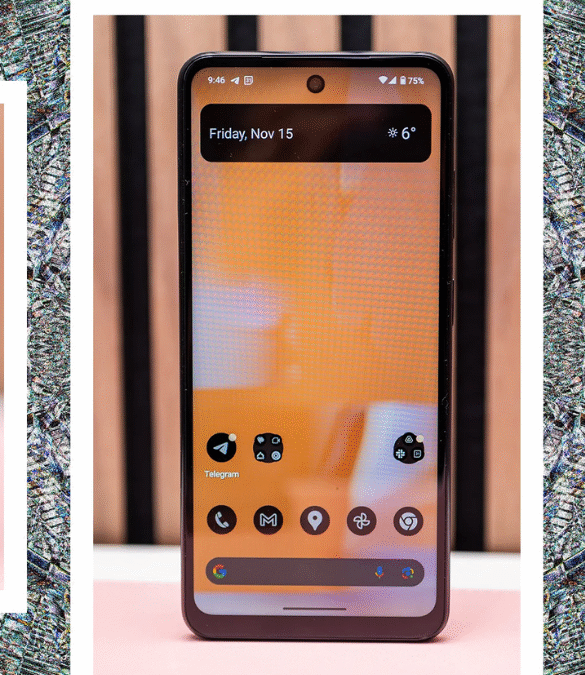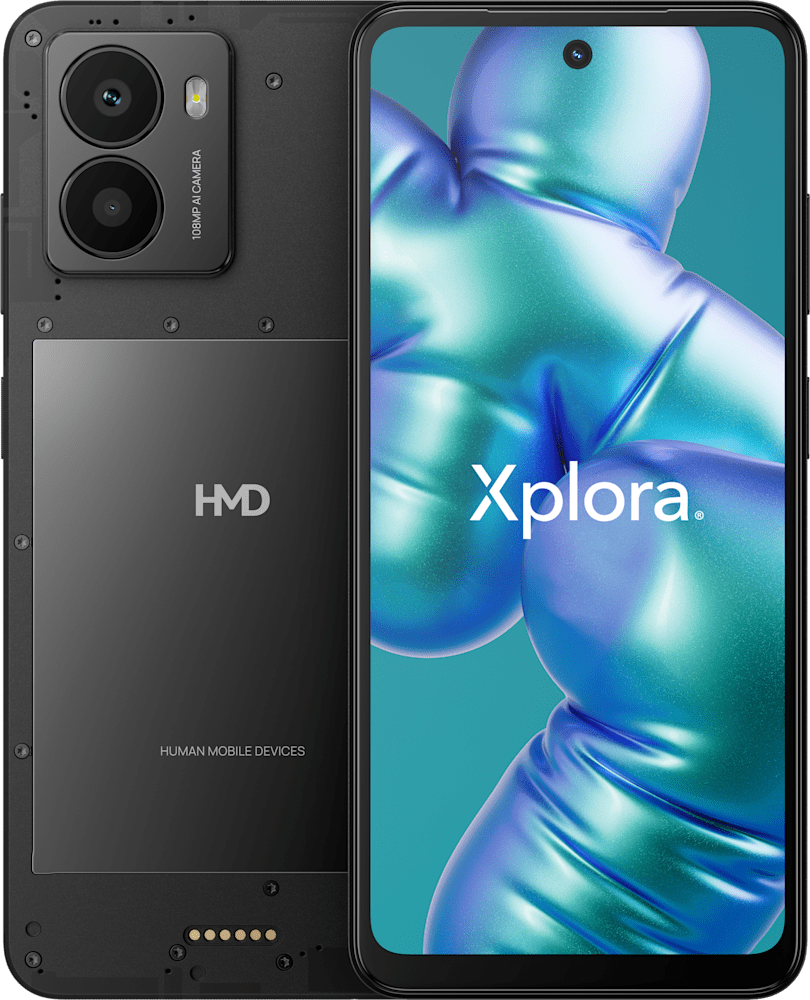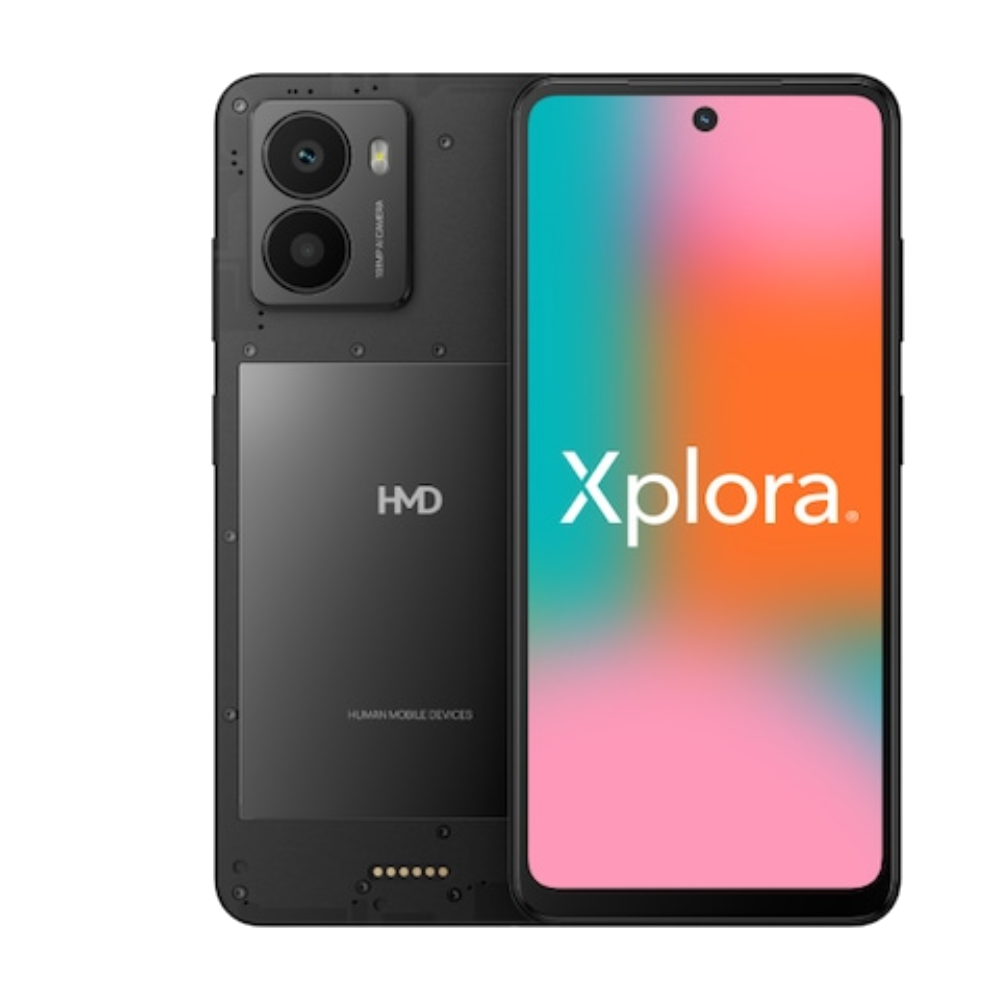In a saturated market where smartphone releases often feel like predictable iterations of the same blueprint, the HMD Fusion X1 enters as a refreshing anomaly — daring, expressive, and purposefully modular. With its official unveiling in 2025 by HMD Global, this smartphone isn’t just another slab of glass and metal; it’s a canvas for creativity, an engineering experiment, and a bold proclamation that mobile innovation is far from stagnant.
A Smartphone Designed for Expression
HMD Fusion X1 is not designed with the power-hungry tech enthusiast in mind. Instead, it’s a direct appeal to the younger generation — teens, content creators, and those who value individuality over specs. The phone introduces a modular design concept that places personalization at its core.
What does that mean in real-world use? The HMD Fusion X1 features customizable back panels called “Outfits” — each with distinct aesthetics and textures. From sleek matte finishes to playful neon designs, users can easily swap these panels to match their mood or outfit, much like changing clothes.
But beyond cosmetic flair, HMD Global adds functionality. These swappable backs are not just static accessories. Some of them include programmable LED rings that light up for notifications, calls, or music rhythms, turning the phone into a dynamic visual accessory — perfect for the TikTok generation.
Modular by Intention, Not Gimmick
Many will recall previous failed attempts at modular phones. The difference with the HMD Fusion X1 lies in its simplicity and targeted utility. Instead of trying to create a fully reconfigurable phone, HMD designed a back connector interface — essentially an open port that allows third-party developers to create “smart outfits.”
This feature opens the door to a new market of modular accessories: a clip-on battery pack for festival-goers, an attachable fan for mobile gamers, or even a snap-on speaker for pop-up party DJs. The possibilities, while still theoretical in many cases, are tangible due to HMD’s promise to release SDKs for developers and hobbyists. This move aligns with HMD Global’s broader philosophy of democratizing tech design and making phones more than just disposable consumer gadgets.
Performance That Matches Its Personality
Let’s get down to the essentials. The HMD Fusion X1 isn’t just a gimmicky fashion phone. Under the hood, it runs on a Qualcomm Snapdragon 6s Gen 3 chipset, offering enough power to handle daily multitasking, gaming, and video editing for social media. It comes with a 6.6-inch Full HD+ display, supporting a 120Hz refresh rate, delivering crisp visuals and fluid interactions.
The phone ships with 8GB RAM and 128GB internal storage, with an option to expand via microSD. While not flagship-level performance, these specs are more than adequate for its target audience.
It runs on Android 14 with a near-stock experience, enhanced by HMD’s own custom software touches to support the modular accessories and LED functions. Crucially, HMD Global promises four years of security updates and three major Android OS upgrades, a rare guarantee at this price tier.
Camera System Geared for Content Creators
The HMD Fusion X1 continues to court Gen Z with a camera system tuned for creative expression. Its 64MP main rear camera, paired with AI scene detection and built-in cinematic modes, allows users to produce high-quality content with minimal effort. The 32MP front-facing camera is another standout — not just in pixel count but in its AI-enhanced features, such as dynamic lighting and background blur, ideal for vlogs or social media lives.
Interestingly, HMD Global included a “Hands-Free Creator Mode”, a feature that lets the user place the phone on its outfit stand (sold separately) and activate gesture-based recording. It’s a subtle but meaningful nod to the current influencer and creator economy.
Sustainability & Repairability
One of the underappreciated strengths of the HMD Fusion X1 is its approach to sustainability. Like its sibling models, the phone is designed with repairability in mind. Users can easily replace the battery, screen, and charging port using simple tools. HMD Global even provides DIY repair kits and online tutorials.
This shift toward user-serviceable devices is more than just a marketing ploy. It positions HMD as one of the few brands actively addressing e-waste and consumer rights, themes that resonate strongly with the values of Gen Z.
Pricing & Market Strategy
The HMD Fusion X1 is aggressively priced around the $300–$350 mark, depending on configuration and regional availability. This pricing sweet spot places it below mid-tier heavyweights like the Samsung A-series while delivering a unique feature set.
In terms of distribution, HMD Global is rolling out Fusion X1 in stages, focusing first on Europe and parts of Asia, with expansion to the U.S. and Latin America slated for late 2025. The company is also encouraging third-party accessory makers to collaborate, hoping to build an ecosystem of modular extensions that will grow the product’s appeal.
Final Thoughts
In a world where most smartphones have become indistinguishable, the HMD Fusion X1 stands out — not just because of how it looks but because of what it represents. It’s a call to personalize, to participate in how technology functions, and to demand more from the devices we use every day.
For the first time in a while, a phone feels fun again. Not because it’s packed with gimmicks, but because it’s designed to invite users into its evolution. And for that, the HMD Fusion X1 deserves recognition as one of the most intriguing mobile launches of the year.













